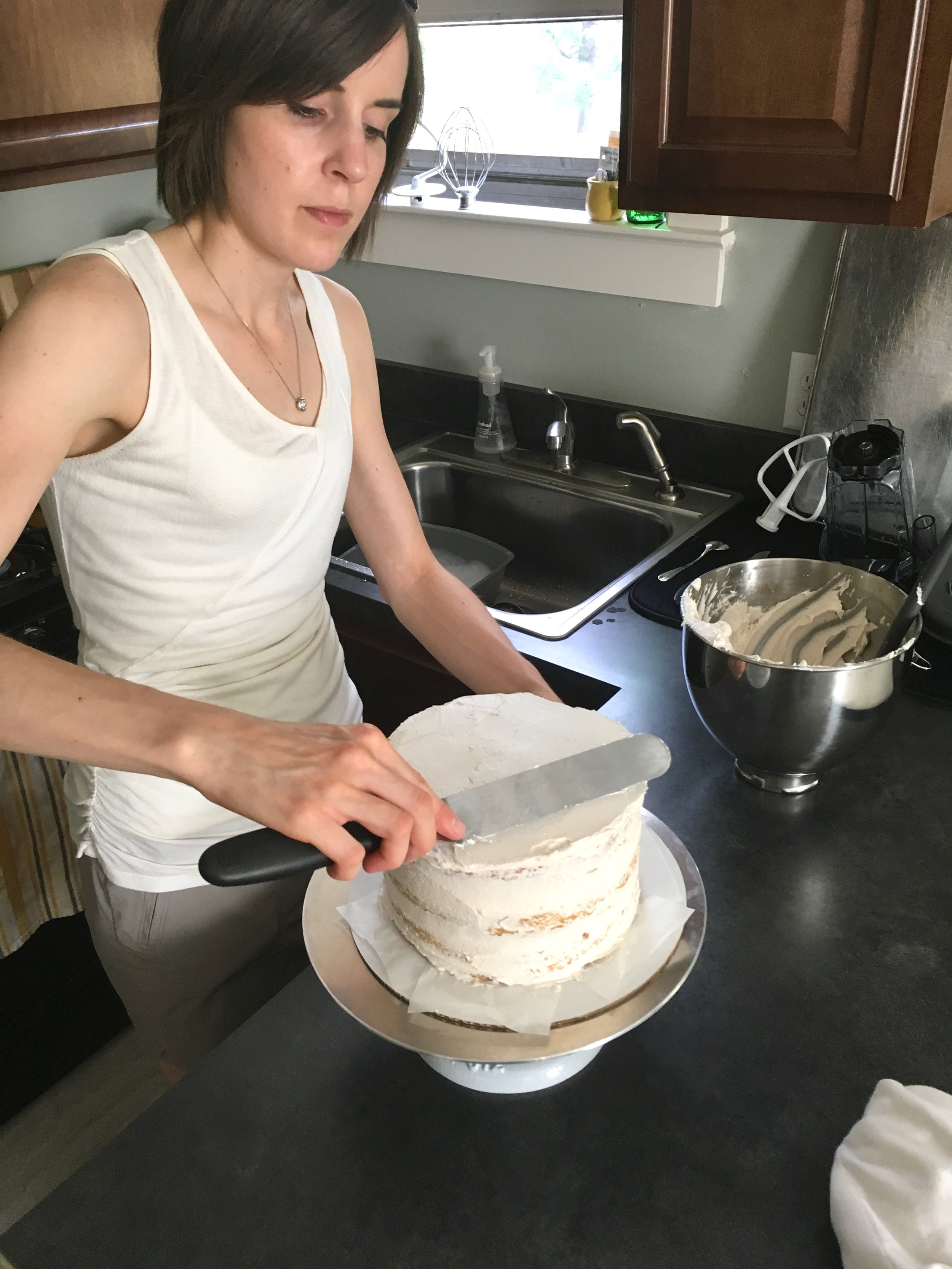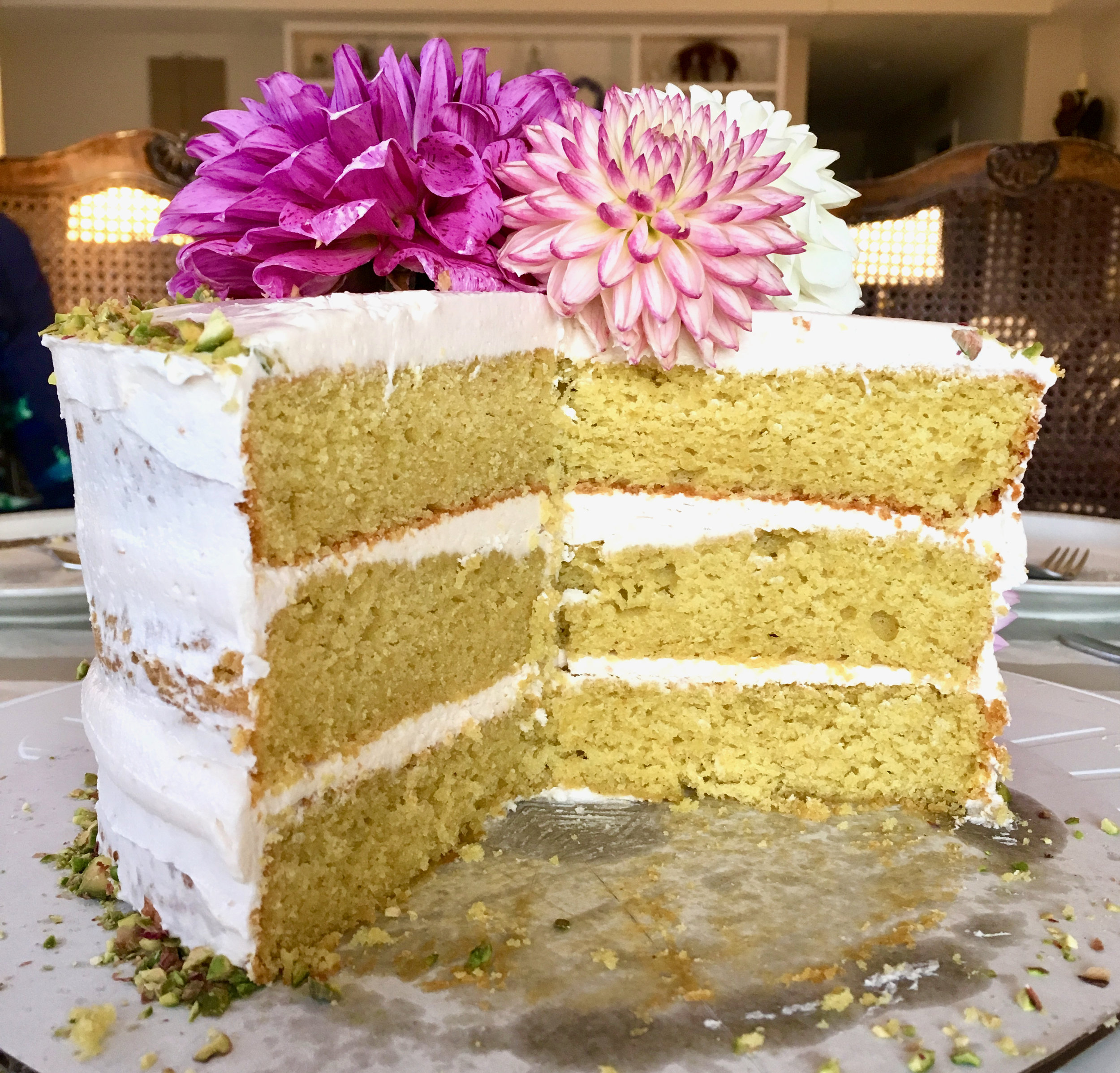Braided Challah Ring
Is homemade bread ever a bad idea? I don’t think so! Judging from the success of this lovely braided challah that I recently brought to a potluck, I don’t think most other people think it’s a bad idea either! This is a quick and simple homemade bread. If you’ve never thought to bring fresh bread to a potluck, trust me, it’ll go over well. Especially if you bring a little jam and/or butter to go with it. Something different, and impressive, especially if you decide to go for the braided ring like I did here. You can just do a simple braid and leave it in a loaf shape if you prefer, but it’s fun to try something different. Any jam will go well with this rich and eggy bread. Trust me, you won’t be disappointed!
Braided Challah Ring
Adapted from King Arthur Flour
Ingredients
Quick Starter
1 cup (120 grams) All-Purpose Flour
1 cup (227 grams) lukewarm water
2 teaspoons instant yeast
Dough
All of the starter
3 1/2 cups (420 grams) All-Purpose Flour
1 3/4 teaspoons salt
1/4 cup (50 grams) sugar
1/4 cup (50 grams) vegetable oil
2 large eggs + 1 yolk (save 1 egg white for the glaze, below)
Glaze
1 egg white, saved from above
1 teaspoon sugar
1 tablespoon water
Instructions
To make the starter: Mix the 1 cup flour, 1 cup water and yeast together in a large bowl or the bucket of a bread machine. Let the mixture sit for about 45 minutes. See "tips," below, for instructions using SAF Gold yeast.
To make the dough: Add the dough ingredients to the starter and mix and knead together — by hand, mixer or bread machine — until a smooth, supple dough is formed. This dough is a pleasure to work with; smooth and silky, it almost feels like you're rubbing your hands with lotion.
Place the dough in a greased bowl, turning it over once to coat it lightly with oil. Cover it and let it rise for 1 1/2 hours, or until it's not quite doubled in size.
To shape the dough: Turn the dough out onto a lightly floured surface and fold it over once or twice, to expel the carbon dioxide. Divide the dough into four pieces, and roll each into a snake about 18" long.
On the lightly greased or parchment-lined baking sheet, braid a four-strand braid (see instructions at King Arthur Flour) or fashion a simpler three-strand braid. Form the braid into a circle, pinching the two ends together.
In a small bowl, make the glaze by mixing together the reserved egg white, sugar, and water. Brush the loaf, reserving some for a second application.
Cover the loaf with lightly greased plastic wrap and allow it to rise for 45 minutes to 1 hour, or until it's almost doubled in size. Towards the end of the rising time, preheat the oven to 375°F.
To bake the loaf: Brush the loaf with the remaining glaze (this will give the finished loaf a beautiful, shiny crust, as well as provide "glue" for the seeds), sprinkle with poppy seeds, if desired, and bake for 35 to 40 minutes, or until the challah is golden brown, slightly firm to the touch, and the internal temperature is 195°F.
Remove the bread from the oven, and cool completely before slicing.

















